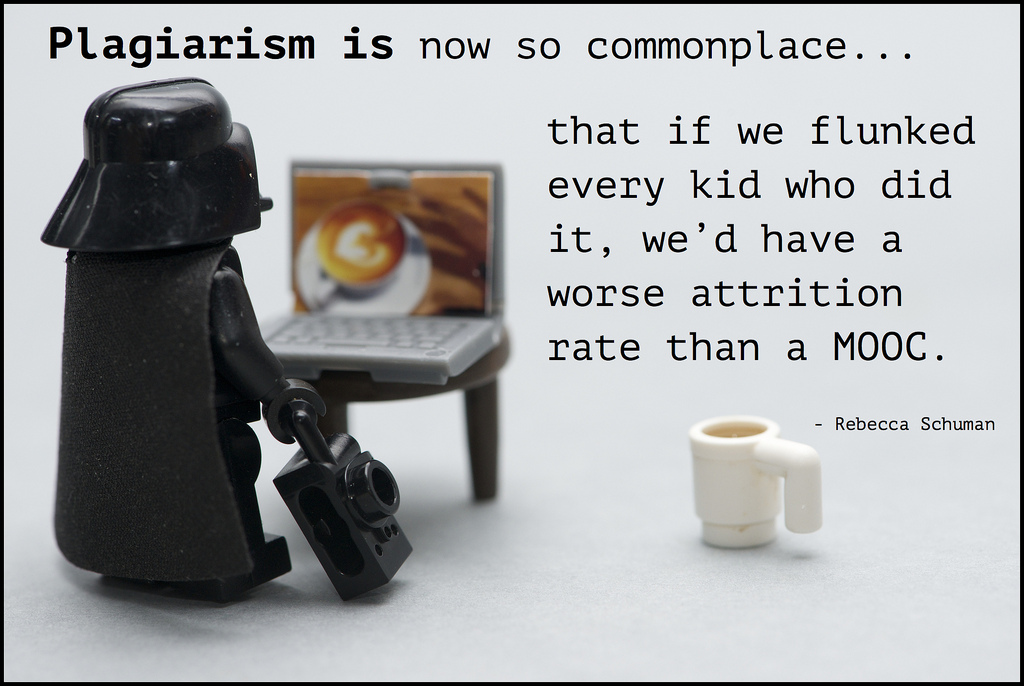
There is a dramatic scene in the movie The Untouchables (Brian de Palma, 1987) where a baby stroller is filmed in slow motion, rolling out of control down the magnificent stairs of Union Station, in the middle of a shoot out.
The film is set in prohibition-era Chicago and it’s about how law enforcement took down Al Capone’s illegal operations. The Union Station scene is a crucial point in the story as it involves the capture of the mob accountant who would provide evidence that puts Capone in jail.
Any film buff watching the scene will recognize the incredible similarities between the Union Station steps and the famous Odessa Steps sequence in the classic silent movie Battleship Potyomkin (Sergei Eisenstein, 1925).
Obviously this is not a direct copy: Eisenstein’s steps are outdoors and feature a mass of civilians fleeing armed troops. There is no question of any copyright infringement. Eisenstein may have rights to his exact interpretation of a baby stroller on steps but he does not control all versions of strollers on steps.
But there is a clear copy of an underlying idea. The taking of an idea is not necessarily copyright violation…but it could be plagiarism.
In academia, plagiarism is seen as a form of fraud. If a student hands in a piece of work without correctly attributing all ideas and quotes to the original thinker, she will probably end up being charged with plagiarism. In some cases, the student could even be expelled.
So what happens when Brian de Palma borrows this concept and interprets it into his own movie? This is where it gets complicated; his interpretation of the scene is interpreted as an act of homage to the late, great Eisenstein.
Homage “is a show or demonstration of respect or dedication to someone or something, sometimes by simple declaration but often by some more oblique reference, artistic or poetic. The term is often used in the arts for where one author or artist shows respect to another by allusion or imitation…” (Wikipedia)
So what we have are:
1. Copyright violation
2. Plagiarism
3. Homage
This sounds messy enough without including another problem: who gets to decide what is what? Seeing The Untouchables as homage is not difficult so others should be able to do the same thing. But it’s not that easy…
When a disaffected fan took the movie Star Wars: Episode I – The Phantom Menace (George Lucas, 1999) and painstakingly edited the movie (most notably removing most of the appearances of the character Jar Jar Binks), it was first seen by director George Lucas as an interesting interpretation. But when this new version, dubbed The Phantom Edit, gained in popularity, it was threatened with copyright infringement. There was no possibility for the claim of homage.
Copyright law pretends to be fair and predictable, but the ability to enforce it depends more on social status and power than the actual law!
For more about this topic see an article I wrote together with Jan Nolin, pubished in ScriptEd: Tolerance is law: Remixing Homage, Parodying Plagiarism


